& &services_txt3= SAE Competition Documents &services_txt4= &services_txt5= Final Prototype &services_txt6=
Our final prototype codenamed Flying Spear v.1 will be the design used to meet the mission requirements for the SAE East Aerodesign Competition. By clicking below on 3D Model you will be able to view a color CAD model designed using CATIA software.& &services_txt7= 3D Model &services_img1= images/FTSdecal.jpg& &services_readmore_title1= The Flying Spear v.1 &services_readmore_txt1=
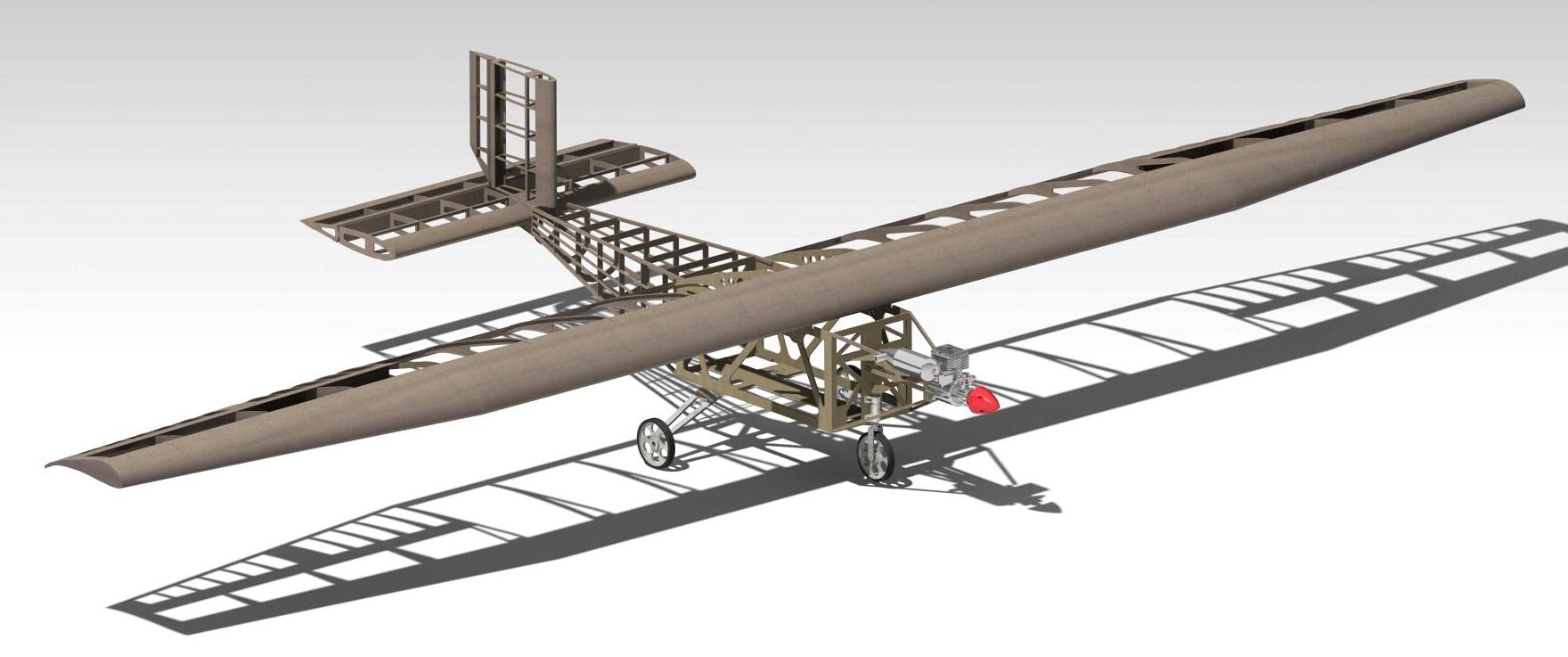 &
///////////// Third Page ////////////
&third_title1= Team Flying Spear
&third_txt1= Florida State University Component
&
///////////// Third Page ////////////
&third_title1= Team Flying Spear
&third_txt1= Florida State University Component
Dimitrios Arnaoutis was born in Daytona Beach, FL in 1989. His father taught him to build and fly model R/C airplanes at a young age. He also has had an interest in cars and motorsports from an early age. This interest directed him to the field of mechanical engineering. Accordingly, during registration for Florida State University the mechanical engineering track was chosen. He then became a member of the Society of Automotive Engineers and participated in the Formula SAE team. He still has a strong interest in automotive suspension and power train design.
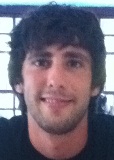
Alessandro (Alex) Cuomo was born in Hartford, CT in 1990 but raised in Huntington, Beach CA until coming to Florida in 2002. The latter years of high school is what motivated him to pursue a college education in the science and mathematics field. In 2008, Alex came to Florida State University and entered as a freshman in the exploratory major. Seeking advice from a personal coach, Adrian Husband, he was able to pave the way into the engineering school to start a career in mechanical engineering. In the fall of 2011, he participated as part of the inaugural group of students sent to Brazil in a mechanical engineering foreign exchange under the FIPSE program. Through the experience from the program and elective courses he pursued in his career at FSU, he has developed interest in the sustainable energy field, thermodynamic processes and systems, as well as aeronautics/aerodesign with the participation in this international collaborative effort.
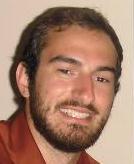
Jordan Taligoski is a Florida native; born and raised in Hollywood, Florida. He began attending Florida State University after graduating from South Broward High School in 2007, selecting Mechanical Engineering as his intended major after discovering his curiosity in how things work and renewable sources of energy. In 2011 he was admitted into the FIPSE exchange with Brazil and began learning Brazilian Portuguese, where he mastered the language after the exchange in fall 2011. Attending UNIFEI secured his participation on Team 10-SAE Aerodesign when he studied and participated in team Uirá at UNIFEI. His principle interests in Mechanical Engineering involve thermodynamics, propulsion systems and sustainable energy.

David L. Williams was born in Key West, Fl. He became interested in mechanical engineering when he got his first car and began working on it himself. He began studying at Florida State University in 2006 but did not become a mechanical engineer major until his sophomore year. This is his first hands on experience working with aeronautical concepts, building, and design, but has always had a strong interest in the field. He holds two minors, math and physics, and has also taken many economics classes. In the field of engineering, his main areas of studies have been material science, thermo-fluid design, and sustainable energy. Universidade Federal de Itajubá Component
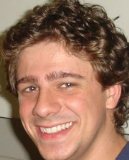
Gustavo P. Krupa was born in São Paulo, Brazil. He began studying mechanical engineering at UEM (Universidade Estadual de Maringá) in 2008. In 2009, he applied to UNIFEI (Universidade Federal de Itajubá). At UNIFEI, he joined the UNIFEI Aero Design team called Uirá working in the field of aerodynamics. In 2011, being part of the CAPES/FIPSE program between UNIFEI and Florida State, he joined the Aero Design team of Florida State. His main interests are computational fluid dynamics, continuum mechanics and aerospace sciences.
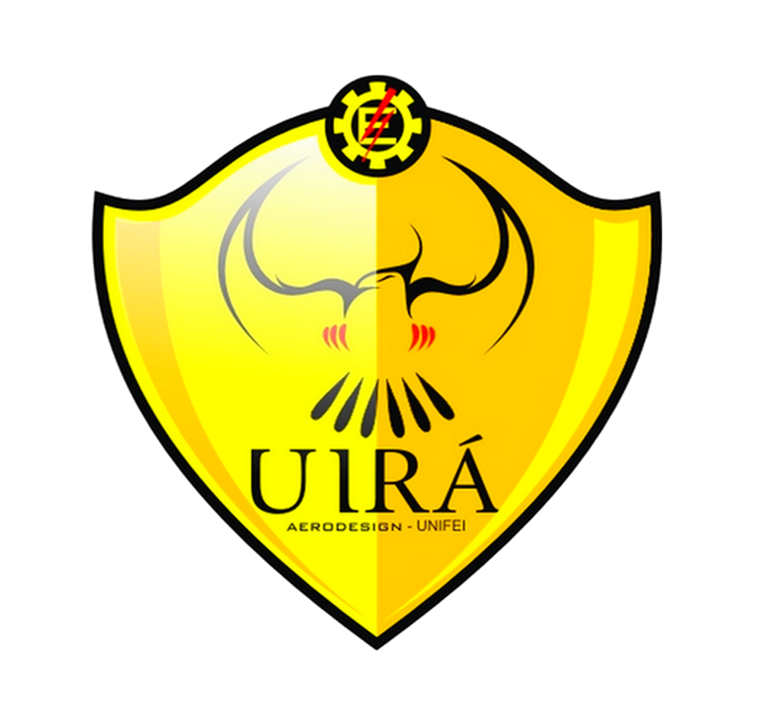
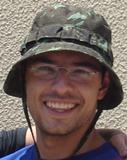
Eduardo Krupa was born in Itajubá, Brazil in 1990. At 18, he went to study mechanical engineering at Universidade Federal de Itajubá (UNIFEI). Here he began exploring his interest in designing aircrafts when he entered Uirá, a team that participates at SAE Brazil Aero Design competition. He served as team captain, structures and loads leader and lead aerodynamicist developing skills with CAE tools, leadership and logistics. Now he is a studying at Florida State University through an exchange visitor program between the universities. His major interests are UAV/UCAVs systems, aircraft design and military sciences.& ///////////// Fourth Page //////////// &training_txt1= SAE Competition Description &training_txt2= The Aero Design® Competition challenges engineering students to conceive, design, fabricate and present a radio controlled aircraft that can take off and land while carrying the maximum cargo. The students follow a design process much like what is used in the engineering industry. Teams and their advisers arrive with carefully written papers to present and aircraft carefully boxed for safe keeping. Industry experts hear the papers presented, the aircraft pass careful inspection and final preparations are made. First flights, then additional flights adding weight prove design theories or crashes occur. Flight becomes more challenging as each gram is added. &training_txt3= View Field &training_txt4= 2012 SAE Aerodesign Rules &training_txt5=
- Maximum combined LxWxH of 225 inches
- Gross Weight limit of no more than 55 pounds
- No Fiber-Reinforced Plastics (FRPs)
- Engine limited to Magnum XLS-61a
- Payload cannot contribute to structural integrity of the airframe
- Design Report - 50 points
- Technical Presentation - 50 points
- Flight Round - Variable (refer to rules for specifics)
For more regular class regulations see rulebook: Rules and Regulations& &training_txt6= Competition Score Summary &training_txt7=
Overall Score = Design Report Score+Oral Presentation Score+Flight Score& &training_img1= images/sae.jpg& &training_readmore_title1= Competition Airfield in Marietta &training_readmore_txt1=
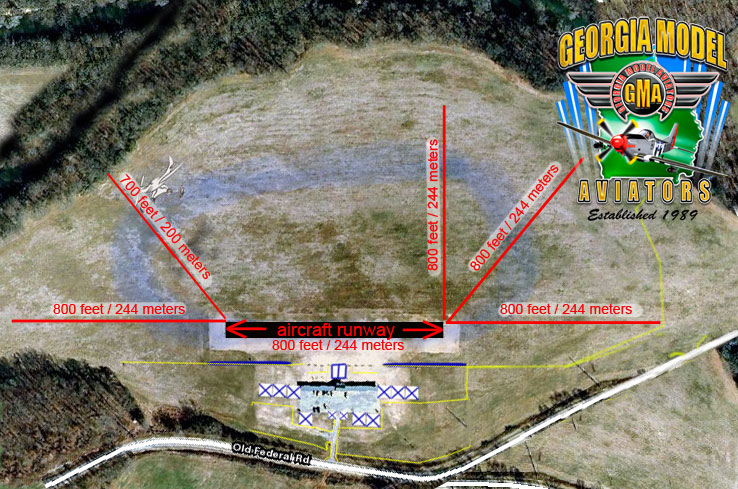 The Academy of Model Aeronatics sanctioned Georgia Model Aviators or GMA host the Lockheed Martin / SAE Aero Design 2012 competition April 27, 28, 29, 2012.
This is an aircraft research, design, build, defend and fly competition between international collegiate teams. Canada, China, Poland, India, Venezuela, Brazil, Turkey, and the USA will be represented. World class organizations will participate and include Lockheed Martin, SAE International, Autodesk, and FAI Materials.&
///////////// Contact Us ////////////
&contact_txt1= Contact Info
&contacts_txt2= Team Flying Spear
The Academy of Model Aeronatics sanctioned Georgia Model Aviators or GMA host the Lockheed Martin / SAE Aero Design 2012 competition April 27, 28, 29, 2012.
This is an aircraft research, design, build, defend and fly competition between international collegiate teams. Canada, China, Poland, India, Venezuela, Brazil, Turkey, and the USA will be represented. World class organizations will participate and include Lockheed Martin, SAE International, Autodesk, and FAI Materials.&
///////////// Contact Us ////////////
&contact_txt1= Contact Info
&contacts_txt2= Team Flying SpearFAMU-FSU | College of Engineering
2525 Pottsdamer Street
Tallahassee, FL 32310
Telephone: (850) 410 6161
Fax: (850) 410 6546
E-mail: designteam10@admin.my.fsu.edu &contacts_txt3= &contacts_txt6=clear &contacts_txt7=send